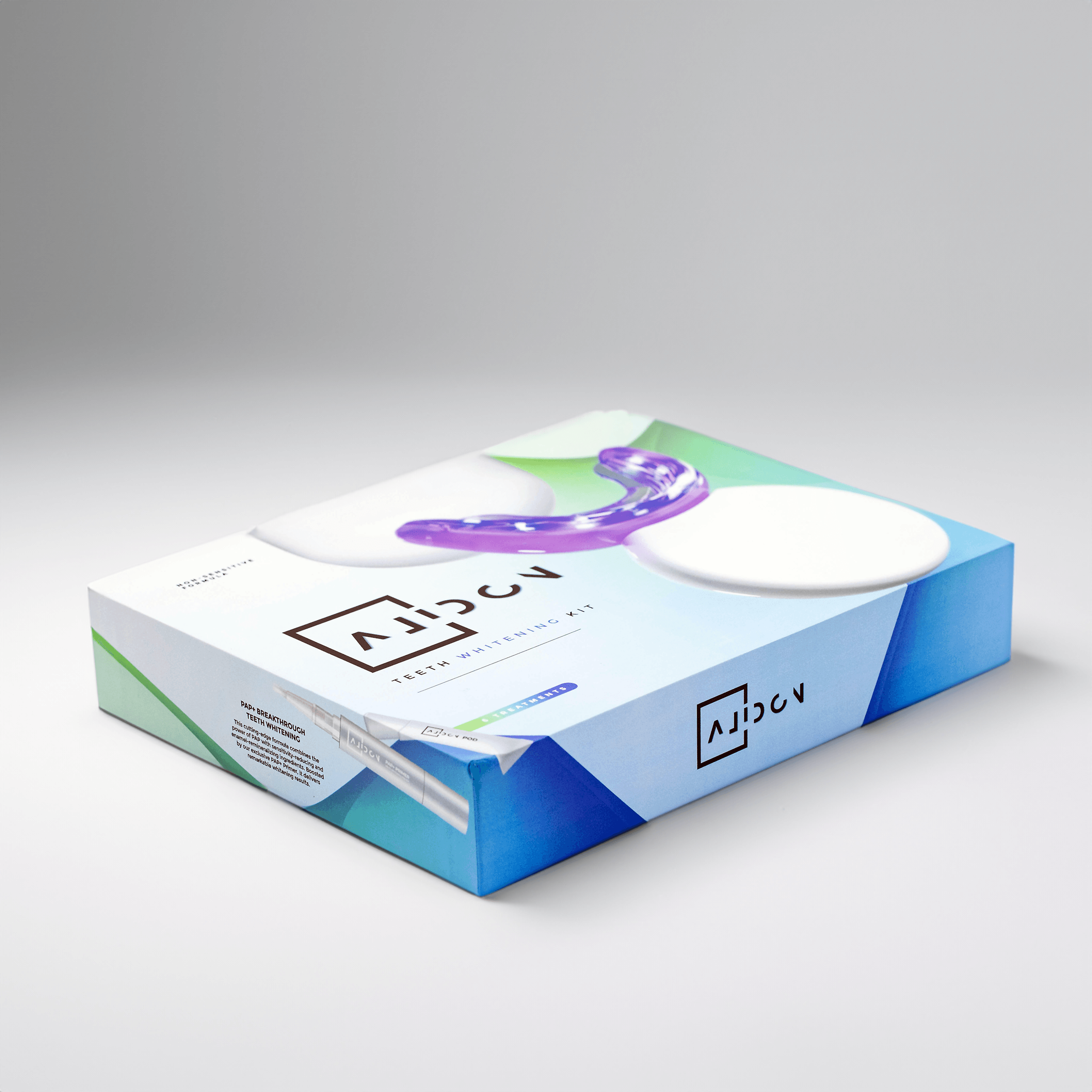The Quickest Way to Whiten Teeth: In-Office Whitening Treatment
Let's be honest, we all want that dazzling smile that lights up a room. But who has the time (or patience!) to wait weeks for results? If you're looking for the fastest way to achieve a brighter, whiter smile, then in-office teeth whitening is the way to go!
What to Expect During Your First Appointment
Before you dive headfirst into the whitening process, you'll need a consultation with your dentist. During this initial appointment, your dentist will assess your teeth, discuss your desired level of whitening, and answer any questions you may have. They'll explain the process, potential risks, and ensure that in-office whitening is the best option for you.
The In-Office Teeth Whitening Process
The day has arrived! You're finally ready to get that dazzling smile. But what exactly happens during the in-office whitening treatment? Here's a breakdown of the process:
| Step | Description |
|---|---|
| Preparation | The dental team will prepare your lips, gums, and teeth for the whitening process. This usually involves applying a lip protectant and using a dental dam. |
| Whitening Gel | They will apply a concentrated whitening gel to your teeth. This gel usually contains a high concentration of peroxide, which is the active ingredient that breaks down stains. |
| Blue Light | A blue light is used to activate the peroxide in the whitening gel and accelerate the whitening process. It's also used to harden the dental dam material. |
| Multiple Rounds | Most dentists will perform multiple rounds of whitening gel application and blue light exposure to achieve optimal results. |
| Aftercare | After the treatment, your dentist will provide instructions on aftercare, such as avoiding certain foods and drinks that can stain your teeth. |
The first step is preparing your mouth for the procedure. They will gently apply vitamin E to your lips to protect them from drying out during the process. Then, they will use a retractor to keep your cheeks and lips out of the way. This might seem a little intense, but it's crucial for keeping everything dry and protected from the whitening gel.
Next, they will place a dental dam, which is a thin rubber shield, around your teeth. This acts like a protective barrier for your gums, preventing them from coming into contact with the whitening gel, which contains peroxide and other chemicals that could irritate your tissues.
Now for the exciting part – the actual whitening! Your dentist will apply the whitening solution to your teeth, which is a concentrated gel with a high concentration of peroxide. They may even brush it in for better coverage. Remember, this whitening agent is super strong, so try not to touch it with your fingers!
Once the gel is applied, it's time for the blue light magic! The blue light helps to activate the peroxide and accelerate the whitening process. You'll be connected to the blue light machine for about 15 minutes at a time, and depending on the desired results, you may have multiple rounds. While you're under the blue light, be sure to relax! Some offices offer TVs for entertainment, or you can bring your headphones and get lost in a podcast or audiobook.
After each round of whitening, your dentist will remove the gel and reapply a fresh layer. This process may be repeated multiple times to achieve the desired level of whitening. You may experience some tooth sensitivity during the process, especially on the bottom front teeth. If you experience any gum sensitivity, let your dentist know immediately so they can address it.
Aftercare: Maintaining Your Bright Smile
You've got your gleaming, white smile! Now it's time to maintain that dazzling look. Your dentist will likely recommend avoiding certain foods and drinks for 24 hours after your whitening treatment, such as coffee, tea, red wine, and dark berries. These foods and drinks can stain your teeth more easily after a whitening treatment.
Here's a list of things you can do to maintain your bright smile after your in-office whitening treatment:
| Tip | Description |
|---|---|
| Brush Regularly | Brushing your teeth twice a day with fluoride toothpaste helps to remove plaque and bacteria that can contribute to staining. |
| Floss Regularly | Flossing helps to remove food particles and plaque from between your teeth, which can prevent staining and gum disease. |
| Use a Whitening Toothpaste | Whitening toothpaste can help to maintain the brightness of your smile. |
| Avoid Staining Foods and Drinks | Minimize your consumption of staining foods and drinks, such as coffee, tea, red wine, and dark berries. |
| Drink Plenty of Water | Drinking water helps to keep your mouth hydrated and can also help to wash away food particles and bacteria that can contribute to staining. |
| Visit Your Dentist Regularly | Regular dental checkups and cleanings help to remove plaque and tartar, which can cause discoloration and other dental problems. |
| Consider a Take-Home Whitening Kit | If you want to touch up your whitening results at home, ask your dentist about a take-home whitening kit. Alidon's Teeth Whitening Kit can be a great option for maintaining your smile's brightness between professional appointments. |
FAQs
-
Q: How long does in-office teeth whitening last?
- A: In-office teeth whitening results can last anywhere from a few months to a few years, depending on your lifestyle and how well you maintain your teeth.
-
Q: Is in-office teeth whitening safe?
- A: In-office teeth whitening is generally safe when performed by a qualified dentist. However, it's important to discuss any concerns or health conditions with your dentist beforehand.
-
Q: Does in-office teeth whitening hurt?
- A: You may experience some tooth sensitivity during the treatment, especially the bottom front teeth. However, this sensitivity is usually temporary and subsides shortly after the procedure. If you experience any pain or discomfort, let your dentist know immediately.






